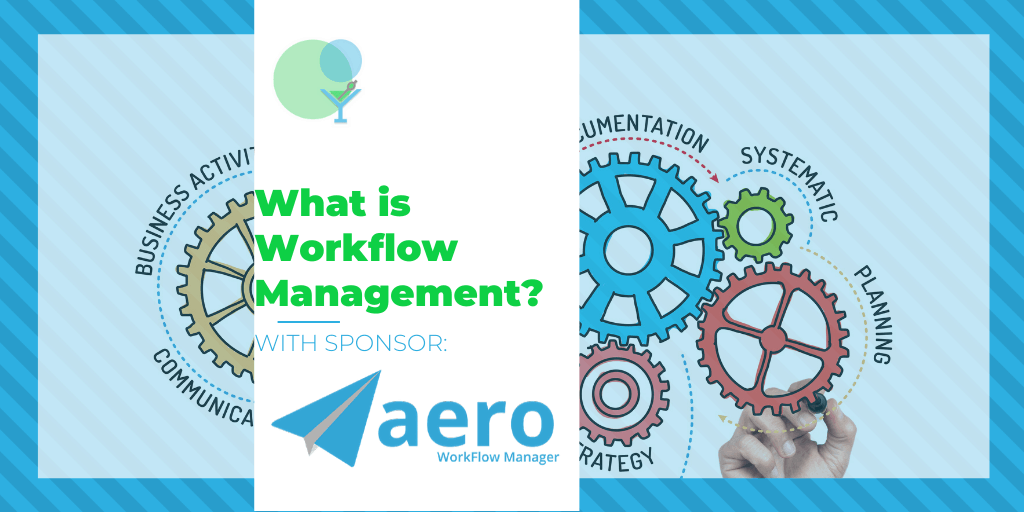Article by Sarah Sivesind, Aero Workflow
What is Workflow?
A very simple definition of workflow is “input + process = output.” If we expand on that a little and make it specific to the accounting industry, we can say that workflow means organizing resources and documenting processes so that the firm can provide consistent, timely client services.
The Heart of Workflow is Documenting your Process
You do not have a workflow system unless you’ve documented your process. And those processes need to be documented in such a way that different staff members can perform the work in the same way. Each service you provide should have a detailed procedure that outlines exactly what apps to use, what steps need to be performed, and in what order to do them. Make sure you include all the tricks and techniques your firm has developed over the years. These documented procedures are your secret sauce – how your firm is able to outperform expectations every time. When your services are clearly defined, work can be performed consistently, efficiently and effectively. It’s key to having an efficient accounting workflow. Having procedures in place when you need to add new staff or onboard new clients ensures that the process will go as smoothly as possible. A system of well-documented processes creates a wealth of knowledge capital that helps a firm scale and convert knowledge into revenue.
Workflow Management Organizes Resources
Think of all the resources your firm needs in order to provide client services. First of all, you need people to do the work. You also need to use various tools – apps, hardware, etc – to get it done. You will definitely need information and documents from the client. You might also want to have details on client communication. A good workflow management system will help you organize these resources to make sure they are easily accessible when needed. Workflow management helps you organize your staff with scheduling tools– what to do for which client and when. It will help you bring together all your various software tools by giving you a platform to specify which tool should be used for which job, how to use them, and where to find login information like links, usernames, and passwords. Your workflow management system will also provide other client resources as well: where to find and store client documents, client contact information, information about past client work, and provide client details like fiscal year-end and capitalization threshold.
Bringing it All Together
A workflow management system is a central hub for bringing all the moving parts of running a firm together in one place. Documented process, client resources, task resources, and scheduling tools all combine to provide a smoothly running system of converting firm resources into client services.
